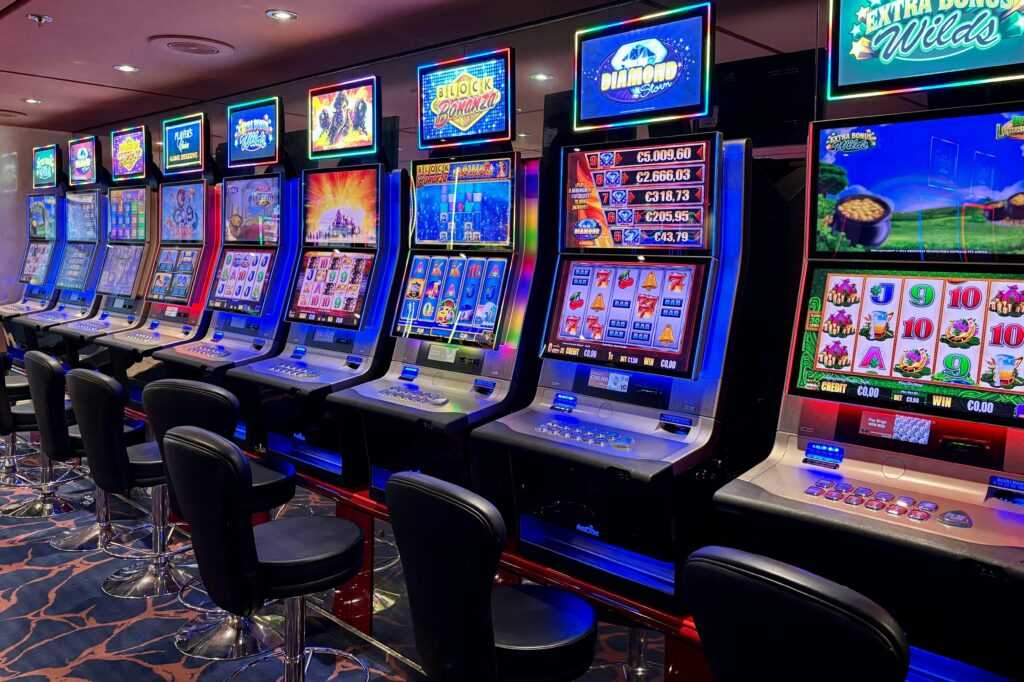Overview of the Casino Crime Incident at The Palazzo
The recent heist at The Palazzo in Las Vegas shocked both the casino and its patrons, drawing attention to the vulnerabilities in the establishment’s security.
The Heist Details
Thieves stole $250K in diamonds from the casino. The crime took place late at night, when fewer people were around, exploiting the more relaxed security.
They accessed the high-security jewelry vault with bypassed alarms and lock mechanisms. No injuries occurred during the theft.
The Perpetrators and Their Methods
Authorities identified a group of professional criminals as the perpetrators. The group employed sophisticated tactics, including disabling CCTV cameras and using advanced lockpicks.
They had inside knowledge of the casino’s layout, likely from previous reconnaissance. The precision of their operation suggests they practiced their methods extensively before executing the heist.
Impact of the Diamond Theft on Casino Operations

The theft of $250K in diamonds from The Palazzo has caused significant disruptions to casino operations, prompting immediate reassessments of security and management practices.
Security Measures in Question
Revelations from the heist have put existing security protocols under scrutiny.
High-tech measures, including CCTV cameras and alarm systems, failed during the incident, questioning their effectiveness.
Potential insider involvement has heightened concerns about the integrity of internal procedures and employee access controls.
This breach underscores the requirement for comprehensive audits of current security measures, employing both technological enhancements and strict personnel vetting processes.
Response from Casino Management
Following the incident, casino management has implemented emergency protocols to bolster security.
New policies include:
- increased surveillance
- frequent security patrols
- advanced lock systems for high-value storage areas
The management has communicated openly with stakeholders, emphasizing their commitment to preventing future occurrences.
Immediate staff training sessions aim to heighten awareness and preparedness against similar threats. By taking decisive action, the casino seeks to restore trust and ensure the safety of both assets and guests.
Historical Context of Crimes in Casinos
Casino crimes have a long history, with numerous incidents shaping how these establishments handle security. Heists have always been a central element, often resulting in significant losses and industry changes.
Notable Past Casino Heists
Key incidents pave the way for understanding casino security dynamics. In 1969, the Stardust Casino experienced a $500,000 heist.
In 2000, a dealer and his accomplice stole $500,000 worth of chips from the Bellagio Casino.
These events highlighted vulnerabilities within the systems.
Another significant case, the 2010 Bellagio heist, involved a man on a motorcycle who managed to steal $1.5M in chips.
These incidents, though shocking, pushed casinos to reevaluate and upgrade their security measures.
Specific cases like the 2004 Soboba Casino heist, where armed robbers took $1.5M, further proved that crimes could happen even with advanced security systems in place.
Changes in Security Tactics Over the Years
The evolution of tactics exemplifies the industry’s response to these high-profile crimes.
Initial measures in the 1970s relied heavily on human surveillance. Over time, technology integrated more deeply into security protocols.
In the 1990s, casinos began adopting CCTV systems widely, enhancing their ability to monitor activities. In the 2000s, biometrics and access control systems became standard, pushing the boundaries of security further.
Today, advanced technologies such as facial recognition and AI-driven analytics lead the efforts. The Palazzo, like many others, now employs these tools to predict and prevent crimes.
Changes are continuous, with constant innovations ensuring that casinos stay ahead of potential threats.
Preventive Strategies to Combat Casino Crimes
Effective strategies deter crimes in casinos. Advanced technology and best safety practices offer robust solutions.
Technological Advancements in Security
- Security technology has rapidly evolved. Modern casinos now employ high-tech systems to safeguard assets.
- Facial recognition software identifies known offenders and monitors suspicious behaviors.
- Artificial intelligence analyzes patterns to predict potential threats.
- Surveillance systems use high-definition cameras for comprehensive monitoring, ensuring every corner of the casino is covered.
Additionally, biometric access controls secure sensitive areas, restricting unauthorized access to critical zones.
These technologies collectively form a multi-layered defense, making it harder for criminals to exploit weaknesses.
Best Practices for Casino Safety
Safety best practices are crucial. Regular training sessions ensure staff remain vigilant and well-prepared for any situation.
Casinos should conduct frequent security audits to identify and mitigate vulnerabilities. Securing valuable items, like diamonds, involves using tamper-proof display cases and advanced locking mechanisms.
Employee background checks help uncover potential insider threats. Coordination with local law enforcement enhances response times and provides valuable support.
A comprehensive approach combining technology and best practices strengthens overall security, fostering a safer environment.

 Elizabeth Garretinon is a talented and dedicated contributor at Spin Win Safely, where her passion for the online gambling industry shines through in her well-crafted and informative articles. While she is not the founder or chief editor, Elizabeth's contributions are vital to the platform's success, providing readers with valuable insights and practical advice.
Elizabeth specializes in writing detailed casino reviews, game strategies, and updates on the latest industry trends, ensuring that Spin Win Safely remains a trusted source of information for its audience. Her ability to present complex concepts in an accessible and engaging manner has made her a favorite among readers, who appreciate her clear and concise writing style.
Through her work, Elizabeth helps foster a culture of responsible gaming, encouraging players to make informed decisions and enjoy a safer gambling experience. Her dedication to excellence and commitment to the platform's mission make her an invaluable member of the Spin Win Safely team, contributing to the site's ongoing reputation as a leader in online gambling journalism.
Elizabeth Garretinon is a talented and dedicated contributor at Spin Win Safely, where her passion for the online gambling industry shines through in her well-crafted and informative articles. While she is not the founder or chief editor, Elizabeth's contributions are vital to the platform's success, providing readers with valuable insights and practical advice.
Elizabeth specializes in writing detailed casino reviews, game strategies, and updates on the latest industry trends, ensuring that Spin Win Safely remains a trusted source of information for its audience. Her ability to present complex concepts in an accessible and engaging manner has made her a favorite among readers, who appreciate her clear and concise writing style.
Through her work, Elizabeth helps foster a culture of responsible gaming, encouraging players to make informed decisions and enjoy a safer gambling experience. Her dedication to excellence and commitment to the platform's mission make her an invaluable member of the Spin Win Safely team, contributing to the site's ongoing reputation as a leader in online gambling journalism.
